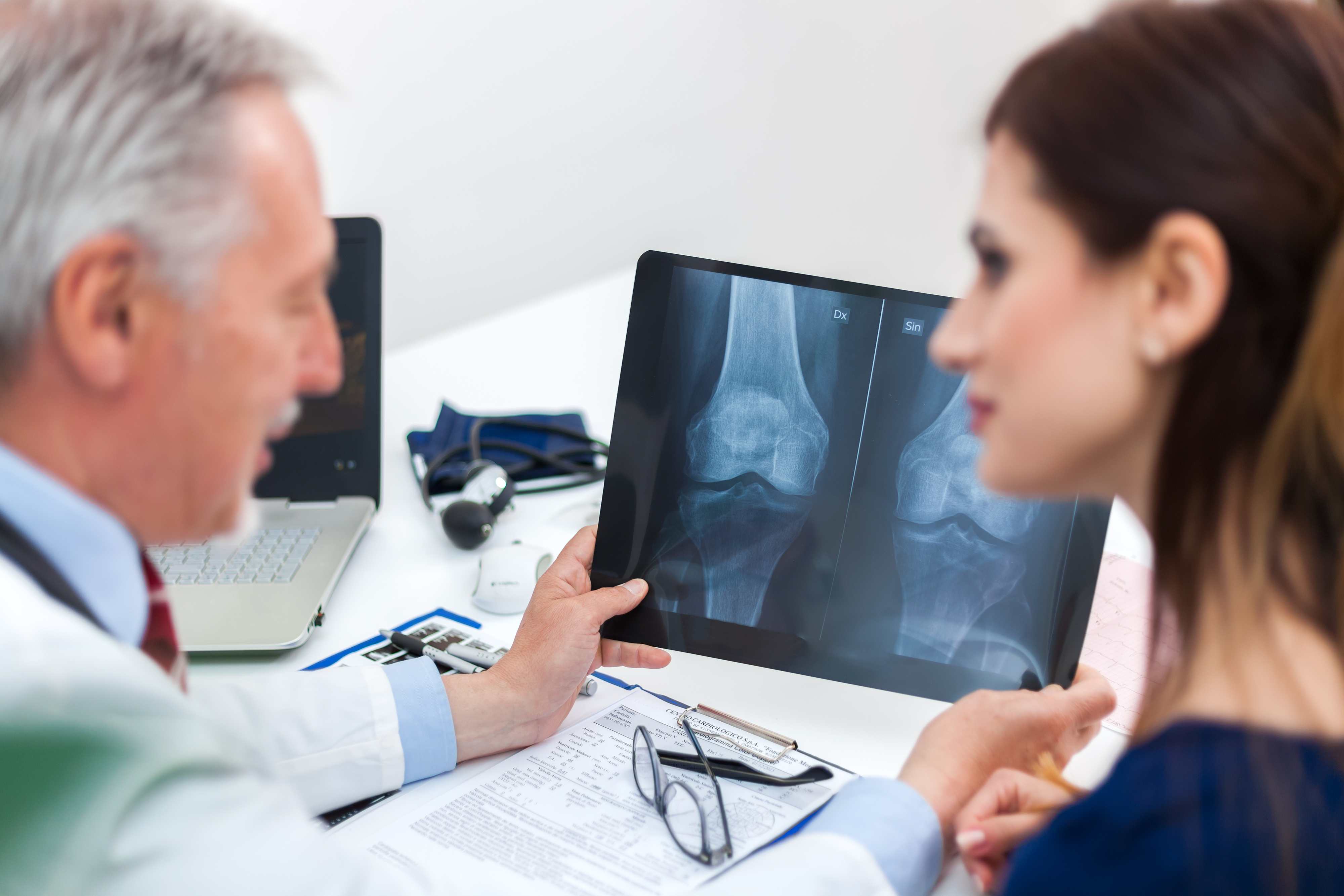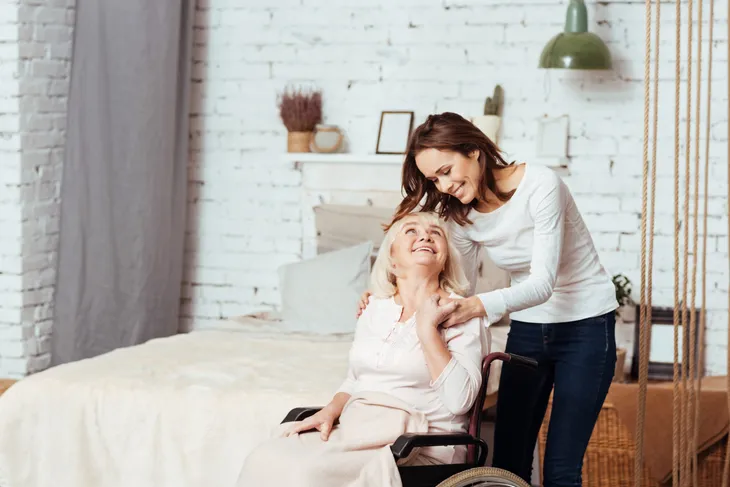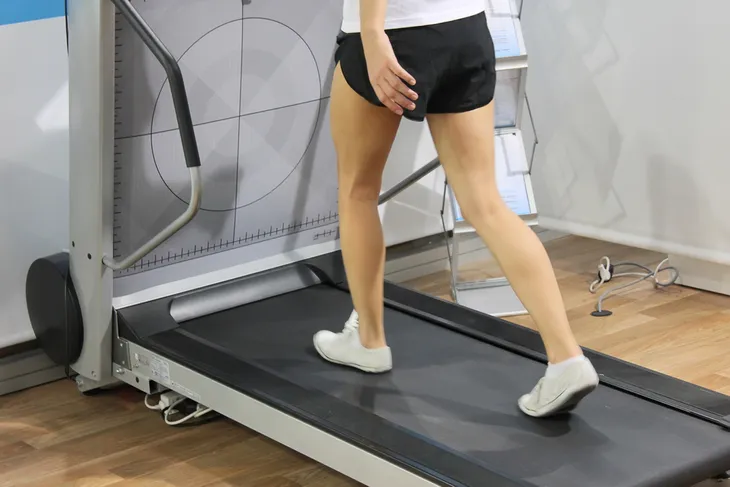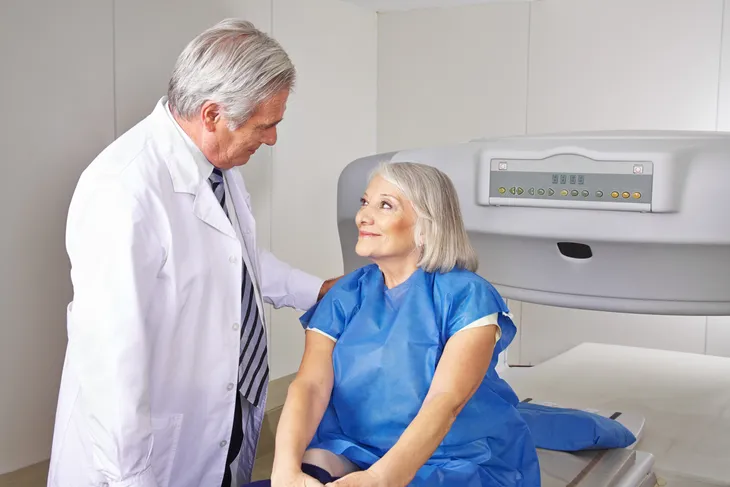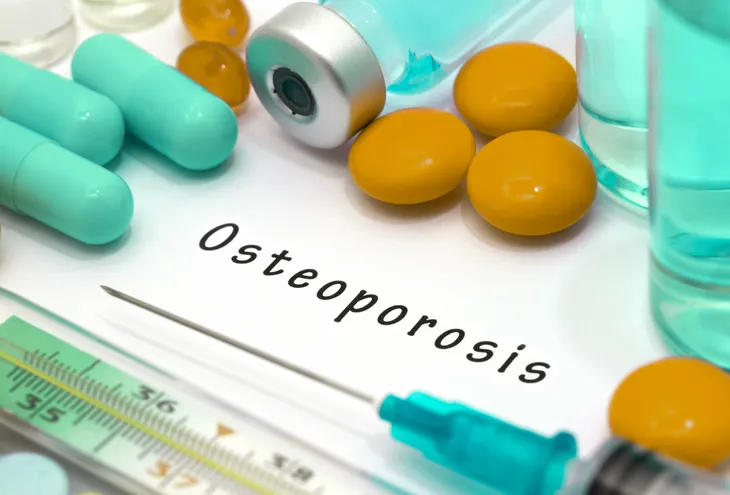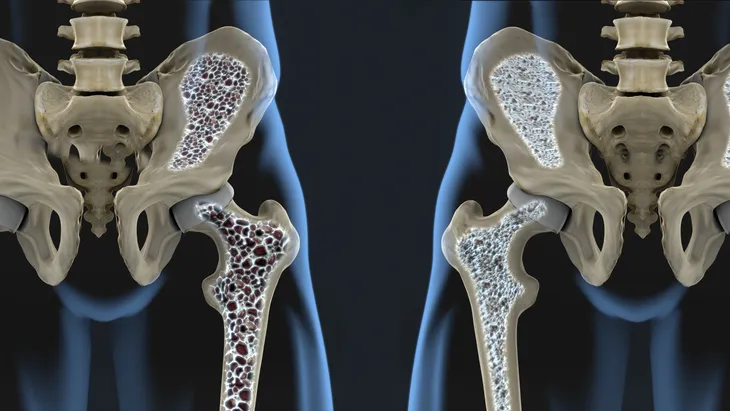In case you’re not familiar with the condition, osteoporosis is a disease that affects the bones, causing them to become fragile and increases their chances of fracturing. The bones in our hips, spine, and wrists are particularly vulnerable to breaking when osteoporosis takes hold.
Osteoporosis is a global phenomenon that affects both men and women, though is more likely to affect women in their older years. In the United States, millions of people deal with the pain associated with this disease on a constant basis. The key to treatment is catching osteoporosis in its early stages and learning how to both limit its spread and manage the pain associated with the condition.
Genetics
Although osteoporosis can affect both men and women, is not limited to any one part of the world, and tends to affect older women most, the central risk factor for the disease is genetics. In other words, if the people in your family have suffered from osteoporosis, there is an increased chance that you will be forced to deal with this disease.
People (and especially women moving past middle age) should have candid conversations with their family members about past history of osteoporosis. Should there be any indication that the disease has affected the family in the past, patients should discuss the matter with their family physician and explore testing for osteoporosis.
Symptoms
There are several symptoms associated with osteoporosis and the symptoms you may encounter typically depends on your age and health status. For example, older men are more likely to suffer from osteoporosis-related back pain, which emerges when the condition leads to a fractured or collapsed vertebra in the spine.
Women, meanwhile, tend to be more likely to sustain wrist or hip injuries associated with osteoporosis. They may also notice that, as a result of osteoporosis impacting their spine and hips, they begin to stoop over and lose height. Of course, the central symptom of osteoporosis is no symptoms at all. According to Dr. Andrea Eisenberg, “it is more of a silent disease until a fracture occurs.”
Excessive Exercise
This is geared specifically toward women who exercise too much. While exercise is normally considered a healthy activity, too much of it can be a physiologic stress and “interrupt the balance of the hypothalamic – pituitary-ovarian axis in some people,” writes VeryWell Health. The hypothalamus is responsible for controlling a woman’s menstrual cycle. “It sends hormonal messages to your pituitary gland and your ovaries, which in turn trigger ovulation.”
When the communication gets interrupted, a woman will not ovulate which means she will not get her period. When a woman misses her period as a result of strenuous exercise it’s called exercise-induced amenorrhea. This can cause weight loss and “over time, her ovaries slow down hormonal production, resulting in the dropping of her estrogen level, which in turn causes bone loss along with other negative health consequences.”
Anyone who thinks they may be exercising too much should talk to their doctor about their chances of getting osteoporosis, particularly if there’s a family history of the condition.
Smoking and Drinking
There are many, many reasons to avoid smoking: first and foremost, it significantly reduces lung functionality and can make carrying out even the simplest physical activity more difficult than it needs to be. Second, it places undue pressure on the heart, increasing the risk of heart disease and stroke. Smoking can also weaken our bones by reducing bone density and increasing the chances that one will suffer a break or fracture. As we age, the density of our bones naturally weakens, so adding a smoking habit only compounds this problem.
Much like smoking regularly, drinking a lot of alcohol on a regular basis can significantly increase your chances of developing osteoporosis. In fact, studies suggest that drinking roughly four alcoholic beverages each day will quadruple an individual’s chances of fracturing their hip. Men are particularly susceptible to spinal or hip fractures if they drink to excess as they enter their older years.
Not Enough Exercise
People who lead a relatively sedentary lifestyle — meaning they don’t find themselves moving around a lot at work or on their own time — are at increased risk of developing osteoporosis. This is particularly threatening to older women who have worked in a sedentary work environment — such as an office — for many years.
To reduce your chances of developing osteoporosis as a result of this kind of lifestyle, try to be active any chance you get. This doesn’t have to mean going for regular runs around the block or cycling to work every day — at the very least, try to get up from your desk every hour and take a brief walk, even if it’s just around your floor of the office.
Diagnosis
If you have any of the symptoms associated with osteoporosis, from significant joint or back pain to height loss and poor posture, then it’s a good idea to talk to your family doctor about the issue. Should they agree that osteoporosis is a real possibility, they may decide to test your bone density using a device that’s similar to an x-ray machine. The entire process is painless and should amount to minimal discomfort.
Although such a machine can only examine some bones in the body, it’s more than capable of examining those most likely to be affected by the development of osteoporosis, including the hips, wrists, and spine.
Treatment
In the event that an individual is diagnosed with osteoporosis, they may be asked to start one of a few treatment options. The treatment that’s recommended depends in large part on the seriousness of the condition, including the presence of broken or fractured bones. Even if an individual has never broken a bone (as a result of osteoporosis or not), a physician may recommend a treatment based on the likelihood that a break could occur.
Should a physician determine that the risk of bone fracture is relatively low, they may be reluctant to put a patient on medications designed to help limit the impact of osteoporosis. The medications often prescribed to osteoporosis patients include Alendronate, Risedronate, Ibandronate, and Reclast.
Medication Side Effects
If an individual is prescribed a medication designed to help treat osteoporosis, such as Alendronate, Risedronate, or Ibandronate, they may experience a number of potentially problematic side effects, from upset stomach and abdominal pain to general indigestion and heartburn. That said, side effects are less common when medication is taken according to the instructions.
Some osteoporosis medications are given to patients intravenously and these have different side effects. Intravenous treatments are less likely to cause upset stomach and indigestion but more likely to result in fever, headache, and muscle pain. Should any of these side effects last for more than a few days, the patient should immediately contact their doctor.
Hormone Therapy
An increasingly popular treatment for osteoporosis, particularly in women, is hormone therapy. That’s because, as women enter their middle years and go through menopause, they can see their estrogen levels drop. This event can trigger the onset of osteoporosis because estrogen plays an important role in helping to maintain bone density.
That said, hormone therapy has some drawbacks. For one, it can increase the chances of blood clots developing, thereby growing the threat of heart attack or stroke. Hormone therapy may also increase the threat posed by cancer, and specifically endometrial and breast cancer. This type of therapy is less prevalent in men, who typically show better results by taking medications designed specifically for osteoporosis patients.
